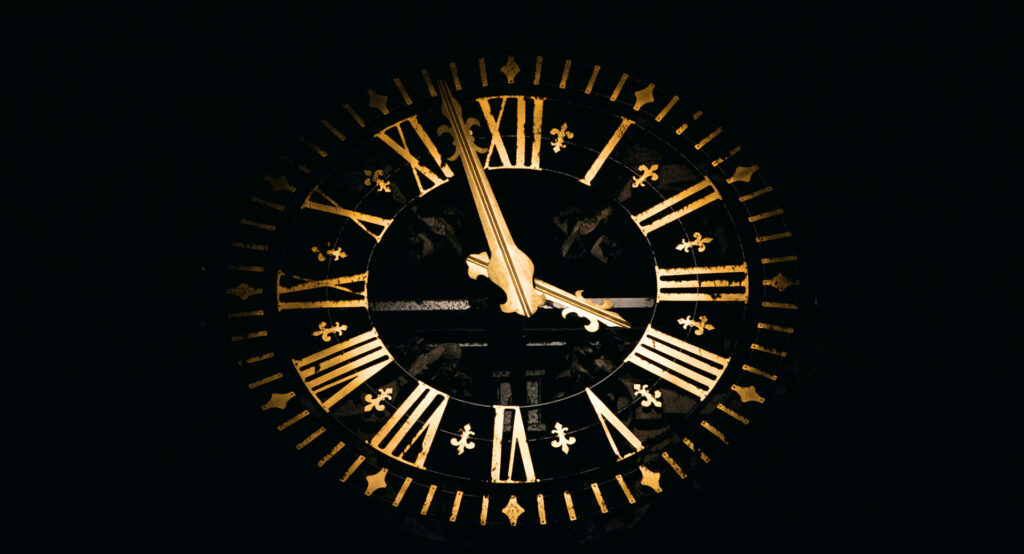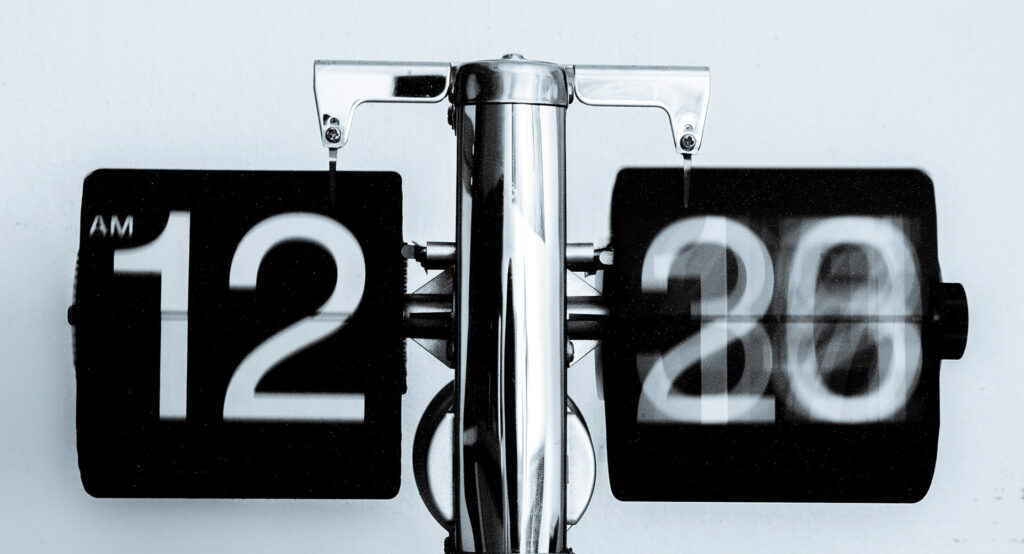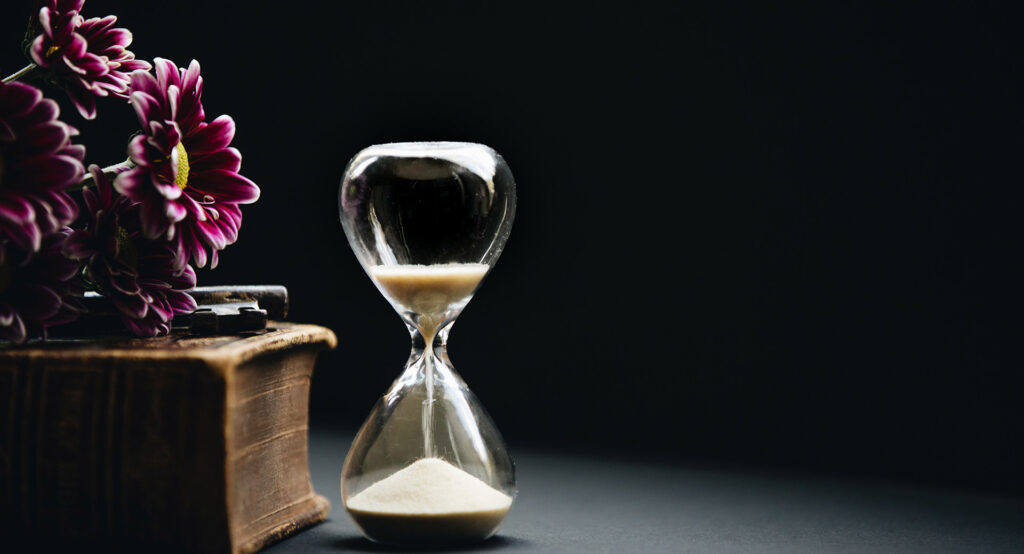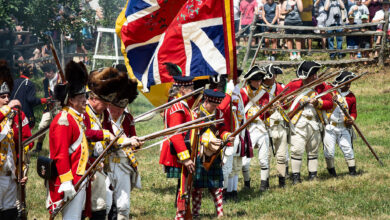What Time Is It 15 Fascinating Facts About Time
Time. Have you ever wondered why time seems to fly when you’re having fun Tick tock, tick tock… but drags on when you’re bored?
Time is a constant presence in our lives, yet it’s something we often take for granted. In this post, we’re going to delve into the fascinating world of time and uncover 15 mind-blowing facts you probably didn’t know.
So, what time is it? It’s time to buckle up and join us on a journey through the intricacies of time.
From the mysteries of time dilation to the origins of Daylight Saving Time, we’ve got it all covered. Get ready to be amazed as we explore the ins and outs of time, one fact at a time!
Time is relative:
1 According to Einstein’s theory of relativity, time passes differently depending on the observer’s motion and the strength of the gravitational field.
Time dilation:
2 Time dilation is a phenomenon where time appears to slow down for objects that are moving at high speeds or experiencing strong gravitational forces.
The atomic clock:
3 The atomic clock is the most accurate timekeeping device in the world, measuring time based on the vibrations of atoms.
The first clock:
4 The first mechanical clock was invented in the 14th century and was powered by weights.
The world’s oldest clock:
5 The world’s oldest clock is the Salisbury Cathedral clock, which was built in the 14th century and is still in operation today.
The leap year:
6 The leap year is added to the calendar to ensure that the length of the year is accurate. It occurs every four years, except for years that are divisible by 100 but not by 400.
Time zones:
7 Time zones were first introduced in the late 19th century to standardize timekeeping across different regions.
Daylight Saving Time:
8 Daylight Saving Time was first implemented during World War I as a way to conserve energy.
Time capsules:
9 Time capsules are containers filled with items or messages from a particular era, intended to be opened by future generations.
The 24-hour day:
10 The 24-hour day was first used by the ancient Egyptians, who divided the day into 10 hours of daylight and 10 hours of darkness.
The concept of time:
11 The concept of time is believed to have originated in ancient civilizations, with the development of calendars and other timekeeping devices.
Time travel:
12 While time travel is a popular concept in science fiction, it is still considered impossible according to our current understanding of physics.
The speed of light:
13 The speed of light is the fastest possible speed in the universe and is used as a universal constant for measuring time and space.
The length of a day:
14 The length of a day is gradually increasing due to the tidal effects of the Moon on the Earth’s rotation.
The end of time:
15 According to some theories, time may eventually come to an end with the heat death of the universe.
Time perception:
16 Our perception of time can be influenced by our emotions, attention, and memory. Time can feel longer or shorter depending on these factors.
The International Date Line:
17 The International Date Line is an imaginary line that runs through the Pacific Ocean and marks the change of one day to the next.
The Greenwich Meridian:
18 The Greenwich Meridian is a line of longitude that passes through the Royal Observatory in Greenwich, London, and is used as the prime meridian for determining time zones.
The duration of a second:
19 The duration of a second was defined by the International System of Units (SI) in 1967 as the duration of 9,192,631,770 periods of the radiation corresponding to the transition between the two hyperfine levels of the ground state of the caesium-133 atom.
The biological clock:
20 Humans and other living organisms have a biological clock that regulates their circadian rhythms and sleep-wake cycles.
Time and music:
21 Music is often described in terms of time signatures, which indicate the number of beats in a measure and the duration of each beat.
Time in art:
22 Time has been a popular theme in art throughout history, with many artists exploring the concept of time through their works.
Time in literature:
23 Time is a common motif in literature, with many authors using time as a device to create tension, suspense, and dramatic effect.
Time in philosophy:
24 Time has been a topic of philosophical inquiry for centuries, with philosophers debating its nature, existence, and relationship to the universe.
Time and technology:
25 Technology has revolutionized the way we measure and keep track of time, with the development of atomic clocks, GPS systems, and other advanced timekeeping devices.
Time in sports:
26 Time is a crucial element in many sports, such as running, swimming, and cycling, where athletes strive to beat their personal bests and set new records.
Time in space:
27 Time behaves differently in space due to the effects of relativity, with astronauts experiencing time dilation when traveling at high speeds or orbiting near massive objects.
Time and aging:
28 As we age, our perception of time can change, with time seeming to pass more quickly as we get older.
Time management:
29 Time management is a set of skills and techniques that help people prioritize tasks and use their time more efficiently.
Time and productivity:
30 Time is a critical factor in productivity, with many businesses and individuals striving to optimize their use of time to achieve their goals.
The concept of eternity:
31 Eternity is the idea of infinite or unending time, and has been explored in many religions and philosophical traditions.
Time and history:
32 Time is a fundamental element of history, with historians using time as a framework for understanding and analyzing past events.
Time travel in fiction:
33 Time travel has been a popular theme in science fiction for decades, with many authors and filmmakers exploring the possibilities and implications of time travel.
Time and death:
34 Time is closely linked to the concept of mortality, with many people reflecting on the brevity and fragility of life as they grow older.
The future of time:
35 As technology and science continue to evolve, our understanding of time is likely to change and expand, with new discoveries and innovations shaping our concepts of time in the future.
Time and language:
36 Many languages have specific words and expressions to describe time, reflecting the importance of time in human culture and society.
Time and geography:
37 Time zones are used to coordinate time across different regions of the world, with each time zone representing a specific offset from Coordinated Universal Time (UTC).
The speed of light:
38 The speed of light, which is approximately 299,792,458 meters per second in a vacuum, is often used as a fundamental constant for measuring time and distance in physics.
Time and music therapy:
39 Music therapy is a practice that uses music to help people with a range of physical and mental health conditions, including those related to time perception and memory.
Time and memory:
40 Memory is closely linked to our perception of time, with memories often being stored and retrieved based on their temporal context.
Time and culture:
41 Time is an important cultural concept, with different cultures valuing time differently and using it in distinct ways.
The arrow of time:
42 The arrow of time is a concept in physics that describes the directionality of time, with time flowing from past to present to future.
Time and the environment:
43 Climate change and other environmental issues have highlighted the importance of time in terms of long-term planning and sustainable development.
Time and mindfulness:
44 Mindfulness is a practice that emphasizes being present in the moment and fully aware of one’s thoughts and sensations, and can help people develop a healthier relationship with time.
Time and social media:
45 Social media and other digital technologies have had a significant impact on our relationship with time, with many people experiencing a sense of time pressure and information overload in the digital age.




